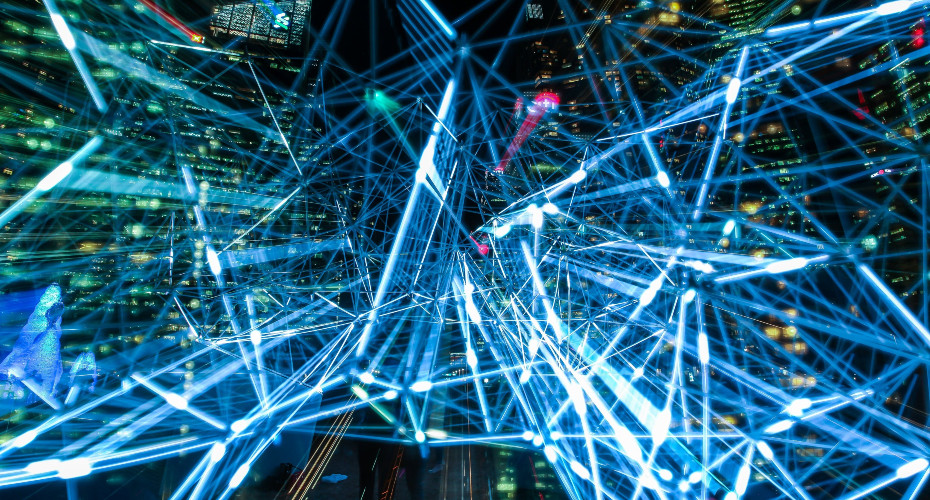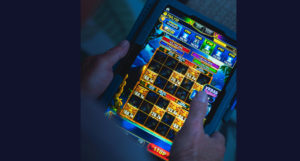Digital watermarks combined with AI will speed up copyright infringement, study says

Existing laws means AI can be used for arbitration and mediation
Digital watermarks combined with AI will speed up the resolution of legal cases about copyright infringements, a new study says.
The technology would enhance the assessment of data about potential breaches and make it easier for lawsuits to be be brought. It will also lead to more evidence being available to the courts.
But the increasing use of watermarking – which makes it easier to detect copying – and AI is also likely to mean a proliferation of small-scale disputes, experts have warned.
Existing laws means AI can be used for arbitration and mediation, through examining data and supporting the use of robo-judges to help make decisions.
The study was carried out by James Griffin from the University of Exeter Law School, Kyriaki Noussia and Stanislava Nedeva from the University of Reading, Stavros Zervoudakis Vice President of Artificial Intelligence, Mutual of America Financial Group, Jonathan Lux from Lux Mediation, and John McNamara IBM Master Inventor and IBM Honorary Professor.
Researchers applied an existing AI system to copyright case law, to see how it could read and understand cases and produce outcomes in disputes concerning 3D printing. They found more complex watermarks will lead to faster and more accurate resolutions.
At the moment, digital fingerprint watermarks are used within digital services such as YouTube. It is possible to use such watermarks on traditional physical media and within newer technologies such as 3D printing.
Professor Griffin said: “AI will revolutionise the administration of law due to the intersection between digital watermarking and machine learning. It can use digital fingerprint watermarking and natural language programming technologies in order to resolve 3D printing copyright disputes quickly and efficiently.
“This provides evidence about infringements in more detail than ever before and provides a means for computers to directly interface with this information for the purposes of copyright enforcement. The law in these areas is encouraging the technology to grow in particular directions which will further increase the spread of the law and its interaction with AI.
“This will mean more disputes – and consequent to this, potentially more discussion about the boundaries of copyright subsistence.”
The study outlines how AI can assist in streamlining processes ahead of online copyright infringement hearings and support a faster and more neutral process of 3D printing copyright dispute resolution via the use of ADR methods and with the aid of machine learning.
Professor Griffin said: “The integration of AI in arbitration promotes consistency and predictability in decision-making. AI-powered analytics can help identify patterns and trends in past arbitration decisions, enabling parties and arbitrators to make more informed and reliable judgments.
“AI can assist arbitrators with their case and process management, the gathering and analysis of facts as well as with their decision-making by providing prediction models.”
In the study researchers propose AI can be used to support the collection of evidence of legal disputes and enable their faster resolution. A hybrid system could be used where AI will always be ‘controlled’ by human arbitrators.
Professor Griffin said: “AI is not meant to replace human decision-makers, but rather it is there to provide an increased access to justice by offering a time and cost efficient and accessible way of dispute resolution. This can be a valuable tool for the effective service of justice.”
The existing legal regime for dispute resolution for such disputes calls for alternative dispute resolution (ADR) methods (be it arbitration and/or mediation) and it is within the existing legal framework that AI systems can fit to offer bespoke ADR .
Dr Noussia said: “It is apparent that there is a need for more explicit consideration in law of how watermarking can influence the direction of AI dispute resolution, through various ADR methods. In particular, there is a need to reconsider the rethink the role of the “judge” or arbitrator or mediator in such AI – ADR methods, among other considerations.
“There are many possible ways for AI to assist ADR processes regarding 3D printing copyright disputes. Certainly, arbitration and AI can help address some of the conventional jurisdictional issues that may arise during arbitration, such as automated check-ups of required qualifications to avoid a later displacement of an arbitrator or to ensure the right level of expertise.”



